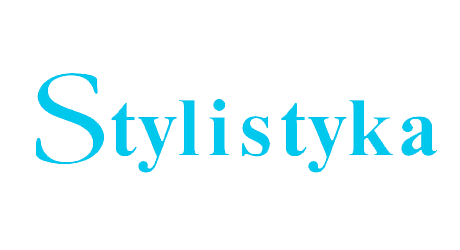

 https://doi.org/10.25167/Stylistyka34.2024.10
https://doi.org/10.25167/Stylistyka34.2024.10
Book trailers are becoming an increasingly important element of communication about a book (on the line: author – publisher – reader), and the virtual space favours their rapid development and dissemination. Trailers are accompanying texts for books (they
inform about their creation and encourage reading), but they also provide a first interpretation of the texts and create certain expectations of the audience towards them. Their role in the social process of book circulation and reception is therefore
very important. By examining a series of genre concretisations (formally, semantically and stylistically similar texts), the author aims to show the genre pattern of the book trailer, the way in which its genre field is shaped, and the characteristics that can
be attributed to the variants of the pattern and the functions they can fulfil. For this purpose, the author uses the methodology of contemporary genology, especially the research method initiated by M. Wojtak.
The analyses presented allow not only to reconstruct the genre pattern, but also to identify the two main sources of inspiration: the film trailer and the book cover. The analyses also show the methods used by publishers to increase the effectiveness of trailers.
Download files
Citation rules
Licence

This work is licensed under a Creative Commons Attribution-NonCommercial-ShareAlike 4.0 International License.